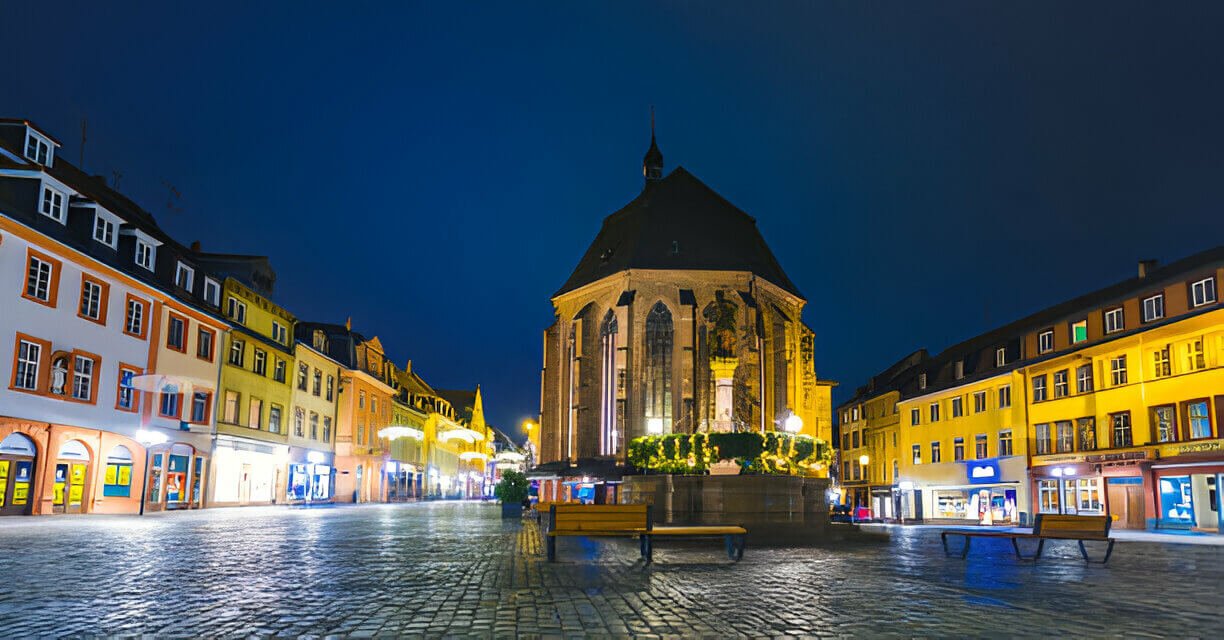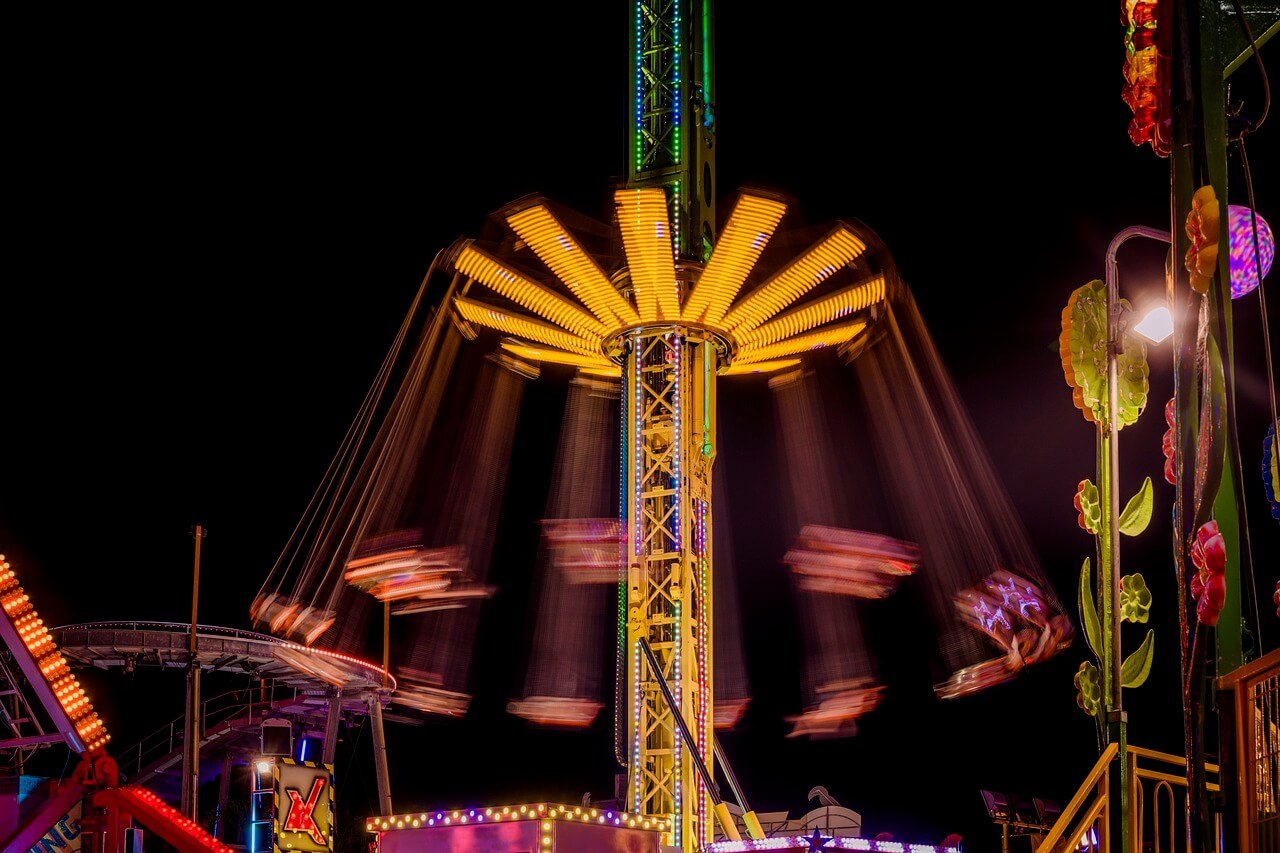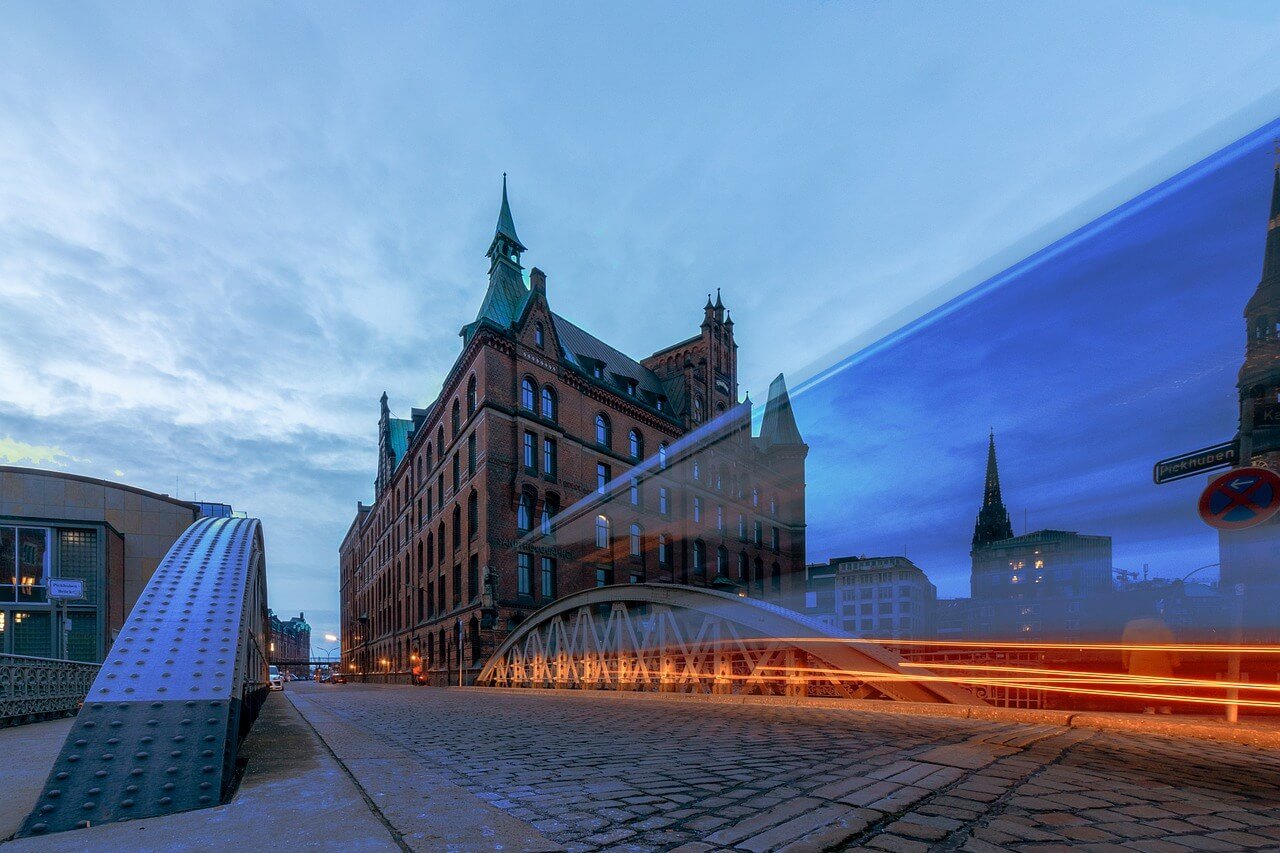Located in eastern Germany at the meeting point of three rivers is the ancient city of Leipzig. The biggest city in Saxony, at 160 kilometers (100 miles) from Berlin, was a major trading hub in the Roman Empire. The city is well-known for its musicians, including early 13th-century founding members of the boys choir and Bach, Wagner, and Mendelssohn. This is where Martin Luther preached.

Despite the brutal conflict that took place here 200 years ago and led to Napoleon’s defeat, the city is now known for its tranquility. More recently, Leipzig served as the starting point for nonviolent protests aimed at uniting Germany. Use this helpful list of Leipzig’s top attractions to ensure you locate everything you want to see and do.
15. City-Hochhaus
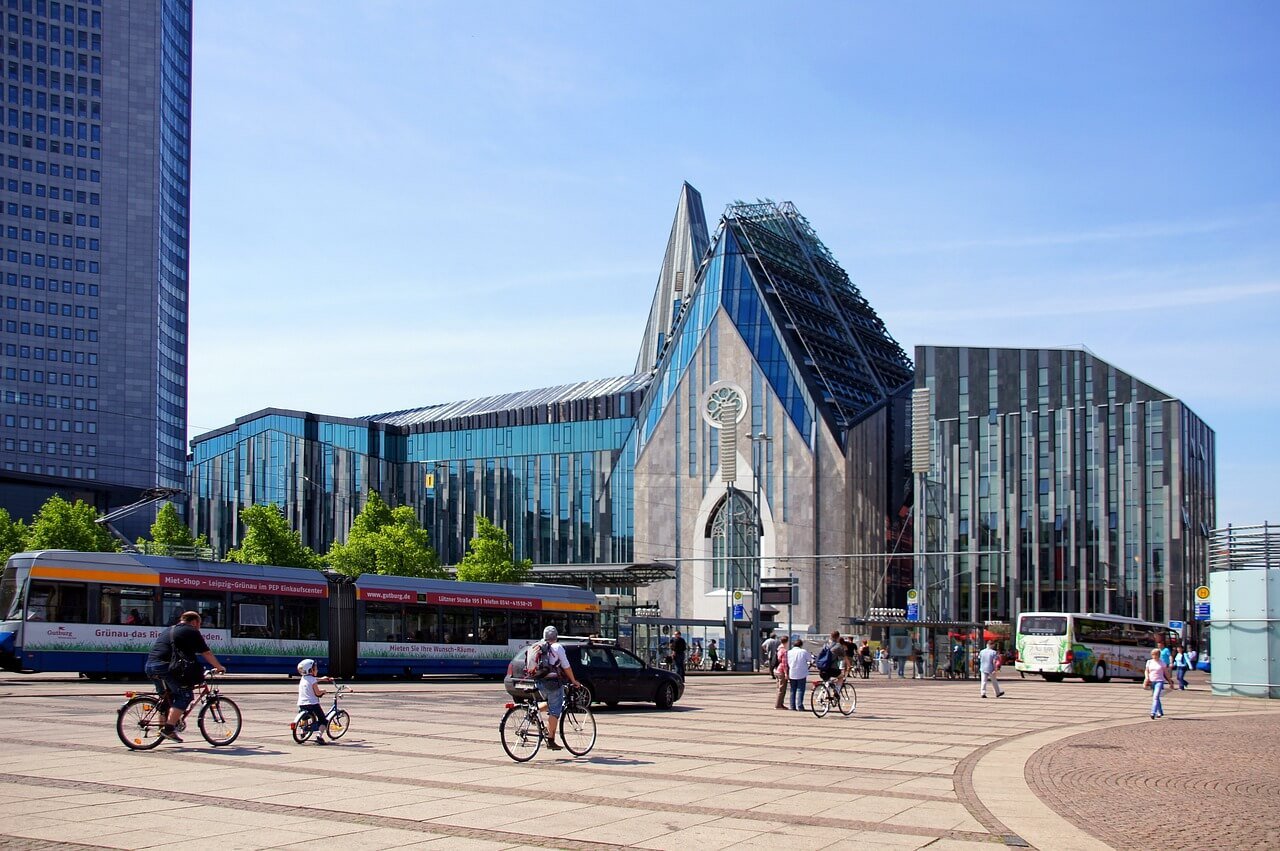
Soaring over Leipzig’s roofs, as the highest structure in the city, is the City-Hochhaus. The 30-story building soars to a height of 142 meters (466 ft). The 1975 completion of the City-Hochhaus, with its distinctive multi-faced design, offers a highly contemporary style in a city that dates back to the early 11th century.
Because of its architecture, the City-Hochhaus, often referred to as the Panorama Tower, is nicknamed by the locals as the “sleep tooth.” The 29th floor has a restaurant. For expansive vistas, ascend to the observation deck located on a higher floor.
14. New Town Hall

Since its construction was finished in 1905, New Town Hall (Neues Rathaus) has resembled a palace or castle more than a town hall. Standing at 115 meters (377 feet) high, the city hall tower is the highest in Germany, making it a landmark not only in Leipzig but throughout the whole nation.
The city fathers decided to preserve the Rapunzul tower silhouette of the old palace that once stood where the New Town Hall now stands. During World War II, Nazis captured the town hall, and many people committed suicide there as the conflict was coming to an end.
13. Leipzig Opera
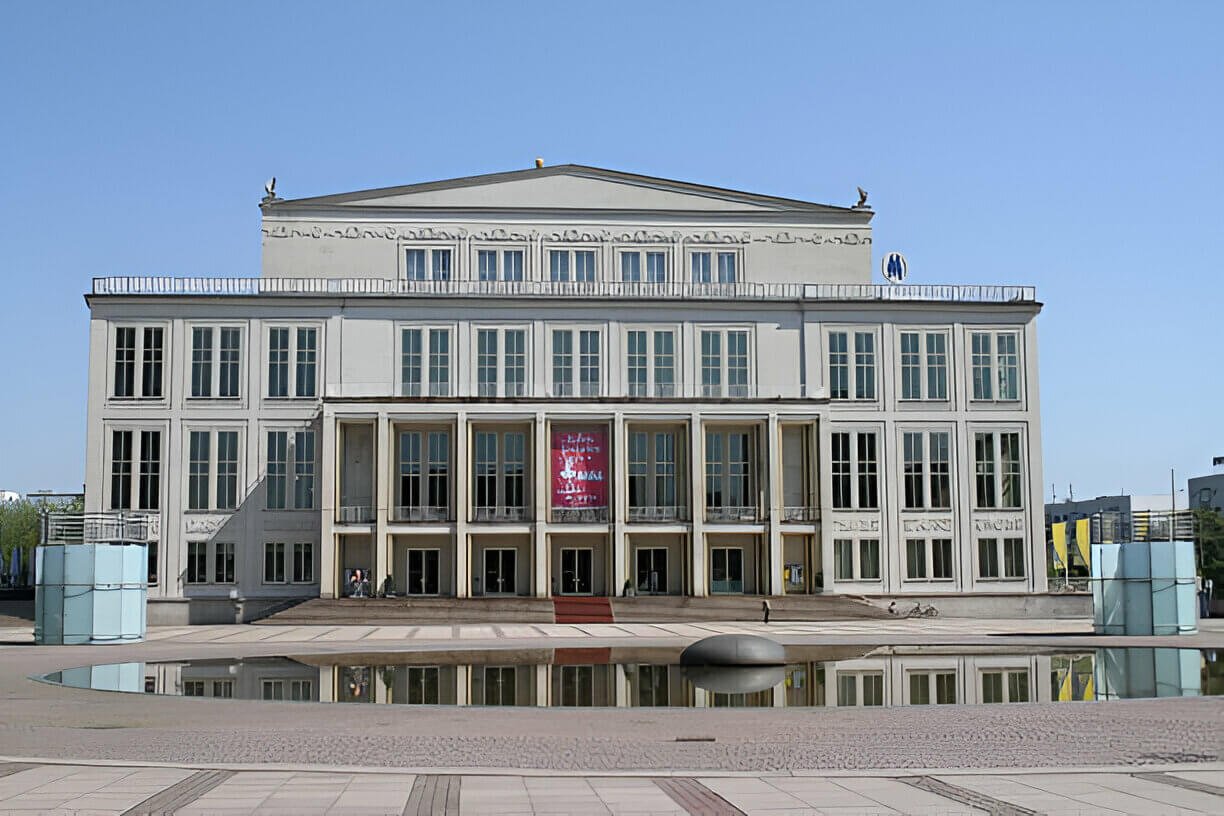
Leipzig Opera embodies almost three centuries of the city’s operatic heritage. The Leipzig Gewandhaus Orchestra, choirs, and well-known performers all call it home.
Leipzig Opera is the third-oldest bourgeois music theater venue in Europe, featuring opera, musical comedy, and Leipzig ballet. The Leipzig Ballet, significant soloists, an award-winning chorus, and the Leipzig Gewandhaus Orchestra all contribute to the remarkable international reputation.
After Hamburg, the opera is the second-oldest German music stage, having debuted in 1693. The Leipzig Jazz Days are held annually here, and the Leipzig Music Trail passes just in front of the Opera House. The program’s musical comedy includes operettas and musicals that are presented at the historic Dreilinden House.
12. Leipzig Zoo
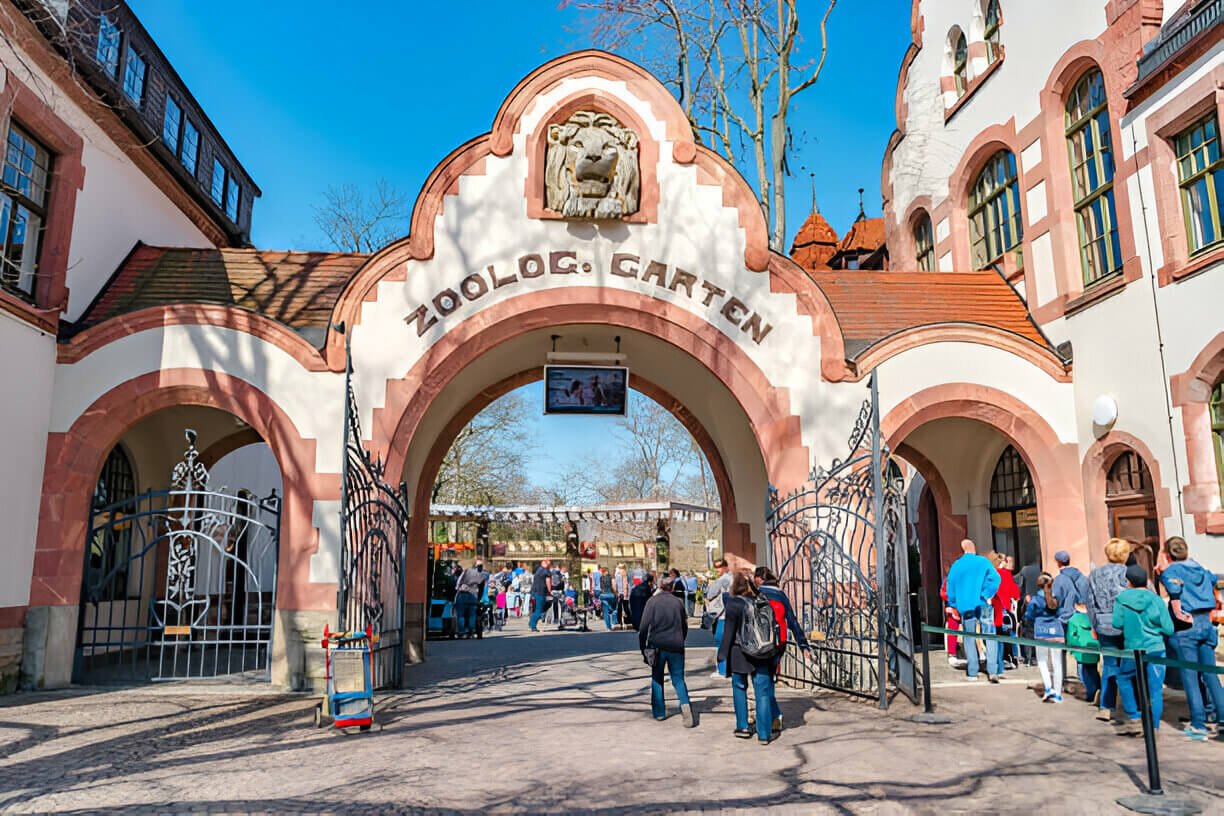
Leipzig Zoo (Zoologischer Garten Leipzig) brags on its website about being the world’s most modern zoo, as well as about its efforts to conserve species and improve animal care. While these items are significant, the 850 types of animals the zoo houses are the main draw for visitors.
People want to view animals in environments that closely mimic their natural habitats; the Leipzig Zoo excels in this regard and no longer keeps its animals in cages. These environments include the uncommon Chinese pangolin, a scaled animal, or Gondwanaland, an indoor tropical jungle the size of two soccer fields, where gorillas and chimpanzees reside.
11. Leipzig Main Train Station

The largest terminal station in Europe is Leipzig’s central station. “Hauptbahnhof-Promenaden” is a contemporary retail and service complex. Savor the breathtaking atmosphere there. Additionally, there is a huge selection of goods and purchasing options.
The three floors of the Promenaden Hauptbahnhof are home to 142 stores. Because of this, the station serves as much more than just a place to arrive and depart. It serves as the main hub for day excursions and shopping into Leipzig’s city. With 1,300 spots available spread over two multi-story parking lots, City Parking facilitates drivers’ shopping experiences.
10. Zeitgeschichtliches Forum
The Zeitgeschichtliches Forum focuses on German history since 1949. This historical museum covers the period from the time Germany was divided in two after World War II to the construction of the Berlin Wall, the country’s reunification in 1989, and the present.
The main focus of The Palace of Tears is Soviet life and East German resistance to the one-party state. It focuses especially on daily living during Soviet rule. In addition to the 200,000 pieces on German Democratic Republic history, 3,200 objects in the permanent display explain the author’s personal experiences.
09. Bach Museum
Johann Sebastian Bach, whose compositions include the Brandenburg Concerto and the Mass in B minor, is regarded as one of the greatest composers of all time despite having lived 300 years ago. A wonderful venue to learn about his life and music is the Bach Museum in Leipzig.
The museum is housed in a home across from the one where he had resided; his home was demolished, but the homes of his rich neighbors remained standing. There is a “treasure room” with Bach’s original manuscripts in it. In a separate chamber, guests may hear audio recordings of his best-known compositions.
08. Madler Passage
The wine tavern that Goethe made famous in Faust, Auerbach’s Keller, and its environs are certainly unknown to him if he were still living today. Built in 1529, the subterranean wine tavern was later transformed into a massive retail arcade known as Madler Passage via years of architectural restorations and new construction.
The glass-covered structure has offices and restaurants as well. However, what attracts everyone in is the atmosphere, the ornate buildings, the statues, and the chance to see environments from bygone eras. Alright, the posh stores with their eclectic assortment of goods undoubtedly help, too.
07. Museum in der Runden Ecke

Enthusiasts of espionage literature will undoubtedly like to pay a visit to the Museum in der Runden Ecke. The curving building’s outside betrays its inside. Leipzig citizens were closely monitored by the East German secret police headquarters for forty years.
The Stasi employed propaganda, torture devices, surveillance gear, and disguises to sway and influence the public. All of these items are on display in the museum. Just as the Stasi were about to demolish everything, a group of locals took over. Although there are audio tours available in English, all of the displays are in German.
06. Market Square
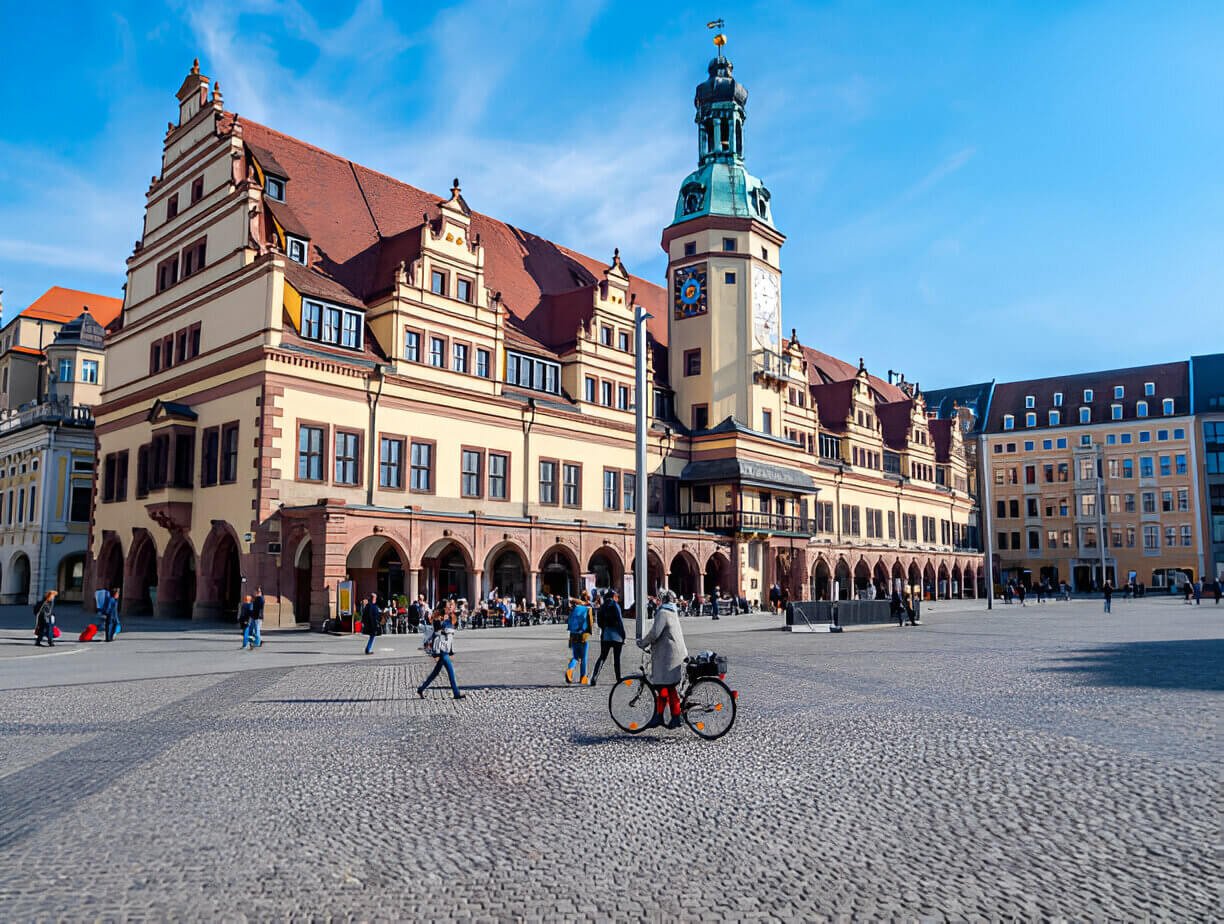
Market Square was formerly the site of games played by knights centuries ago. Built in 1509, Old City Hall is currently a museum dedicated to local history. There are concerts held in the main ballroom. Around the area, amid other historic buildings, are stores and restaurants. Every year, this location hosts the best markets and festivals in the city, such as Christmas and Easter.

Tuesdays and Thursdays are the ideal days to attend the market the remainder of the year. At that time, farmers provide beautifully presented fresh fruit and floral arrangements for sale. The market is a convenient location to purchase food for a picnic in one of Leipzig’s many parks.
05. Volkerschlachtdenkmal
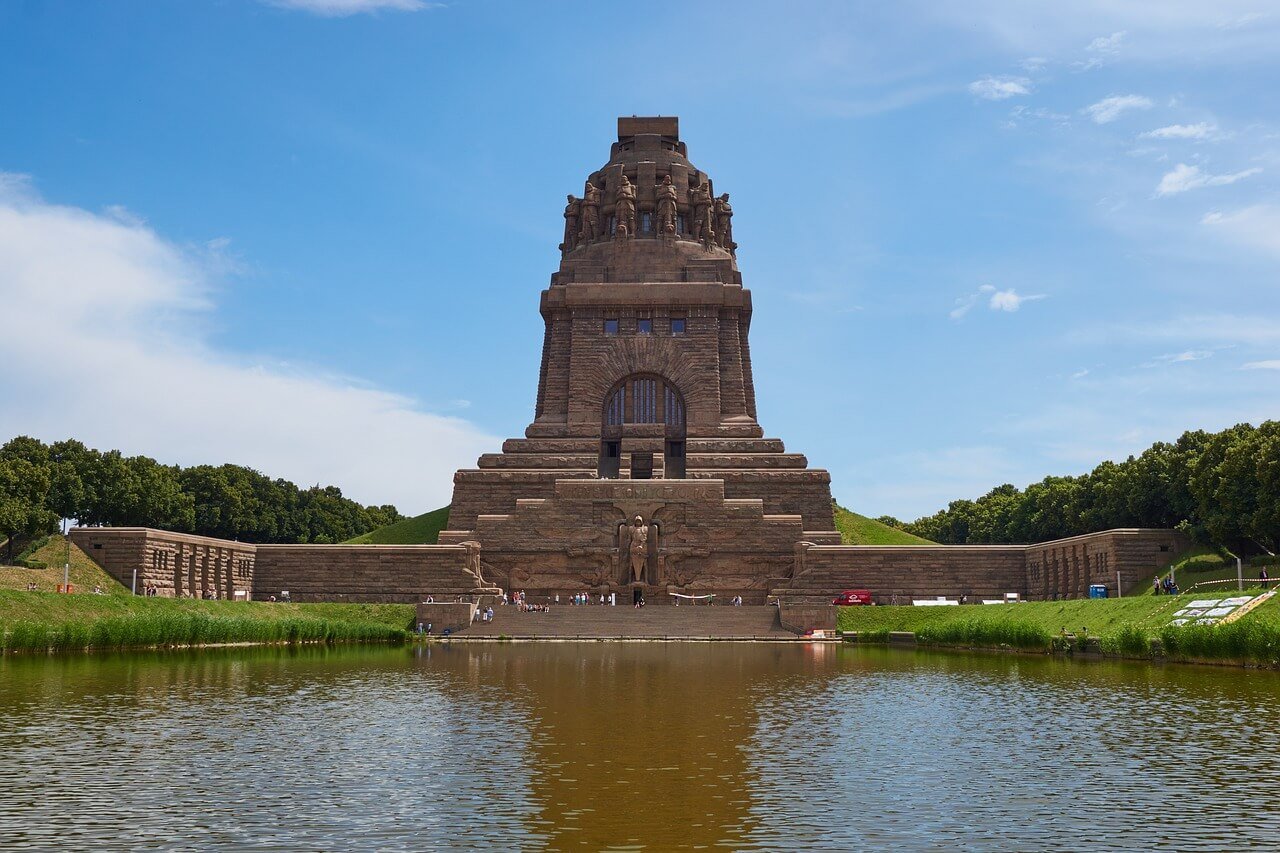
The enormous Volkerschlachtdenkmal honors Napoleon’s loss in the Battle of the Nations in October 1813. 800,000 troops from 20 nations participated in the fight; 100,000 of them were killed or injured. The monument was erected in 1913 to commemorate the battle’s 100th anniversary, and the City of Leipzig and its citizens provided money for its construction.
With 500 steps, the monument is approximately 300 feet (91 meters) tall. At the top is an observation platform. The memorial, which is made of stone and concrete, is located where some of the deadliest combat of the conflict happened. The first floor is surrounded by statues of fallen warriors.
04. Grassi Museum

Having opened its doors in 1874, the Grassi Museum of Applied Arts is today among the most well-known of its kind in Europe. It has three permanent collections in addition to rotating temporary shows all year long that focus on architecture, design, handicraft, and photography. One such event is the Grassimesse trade fair, which takes place in October.
More than 230,000 pieces of ancient to contemporary European and non-European handicrafts are included in the collection.A span of more than 3,000 years of art history is covered in the permanent exhibition “From Ancient times to Historism.”
Treasures from China, Japan, and Iran are on display in the exhibition “Asian art: Impulse for Europe.” Among the 400 exhibits are pottery, lacquer works, and tea ceremonial vessels. The works in the “From Art Nouveau to the present day” show include modern art, East German design, Bauhaus pieces, and items from 1950.
03. St. Nicholas Church
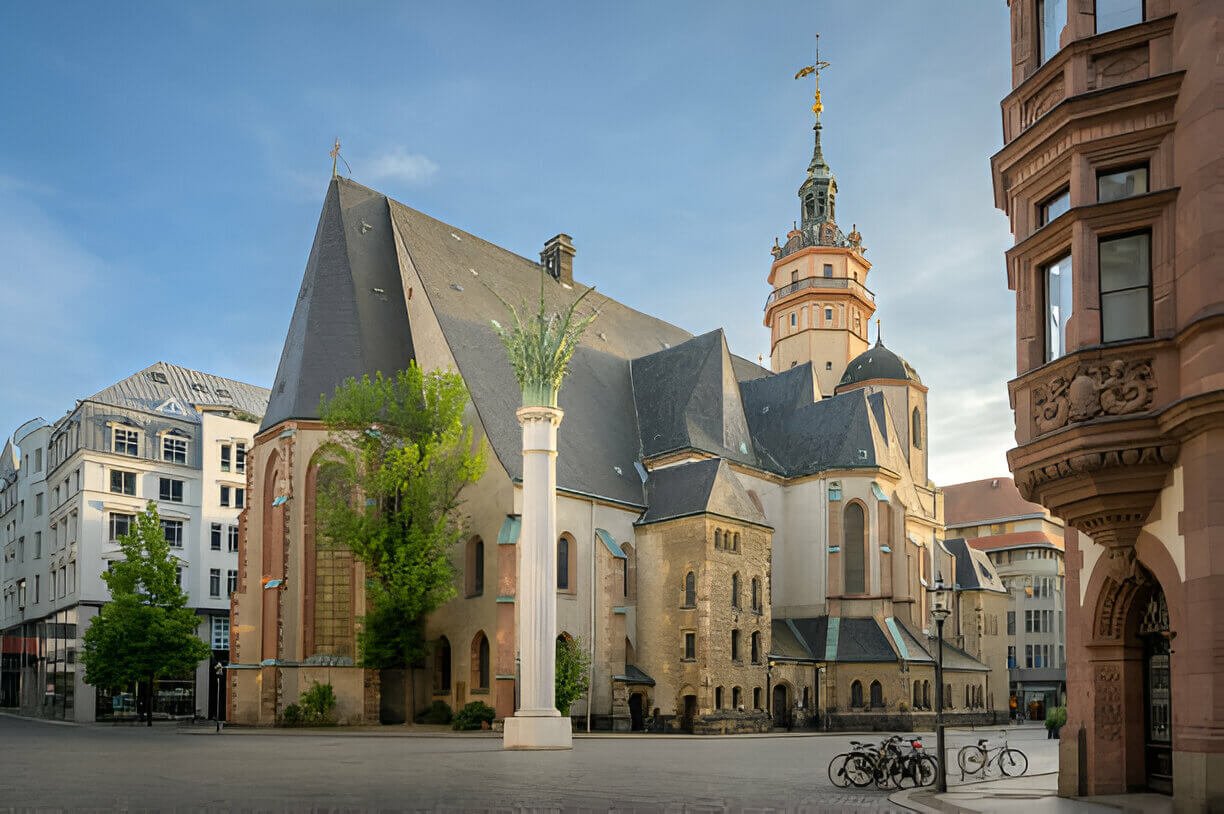
St. Nicholas Church, also known as Nikolaikirche, was built in the 12th century and has since undergone Romanesque, Gothic, and Baroque styles. The Luther Pulpit, named for Martin Luther, is located in the north chapel and is adorned with elegant white internal columns that reach the ceiling. This was the location of Leipzig’s first Lutheran service.
This Lutheran church’s interior exudes elegance, tranquility, and tranquility in every way. Serving as its musical director was Johann Sebastian Bach. More recently, the 1,400-seat cathedral served as the launchpad for the nonviolent Monday marches, which ultimately resulted in the reunification of Germany in 1989.
02. Panometer
The ancient gasometerr, a 1909 structure designed to store natural gas, doesn’t appear like much from the outside. But to view the biggest textile paintings in the world, enter the Panometer. Viewers may get a close-up look at the paintings, which span 344 feet in circle and 30 meters (98 feet) in height.
These murals are created by digitally printing fabric strips, piecing them together, and hanging them. Periodically, the theme shifts. The 2018 theme is Titanic; previous themes have included Mount Everest, Amazonia, ancient Rome, Leipzig in 1813, and Titanic.
01. St. Thomas Church

A late Gothic Lutheran church with a significant musical and theological heritage is called St. Thomas Church. Here were performed works by notable composers such Felix Mendelssohn Bartholdy, Johann Sebastian Bach, Richard Wagner, and Mozart. Bach was buried here and served as its music director. In 1539, Martin Luther delivered a sermon from the pulpit.
Since the church was established in the twelfth century, St. Thomas has gained notoriety for its Thomanerchor, a boy’s choir that has existed since 1212. The present structure was constructed in 1496, and during the ages, chapels and a tower were added. Inside are artworks in the Gothic style.
Best Time to Visit Leipzig
The ideal months to visit Leipzig are May through September, as this is when the temperature is at its warmest and the sun is at its hottest. With average temperatures between 19 and 23°C (66 and 73°F), you may explore the area’s surrounding rivers and lakes, take a leisurely stroll around the center, or go hiking in the woods.
In addition to being the busiest and most expensive time of year in the city, there are a lot of activities going on all over the place. These consist of the Wave Gothic Festival and Bachfest, two significant facets of “Hypezig’s” alternative and modern culture scene.
Leipzig is also pleasant to visit in April and October, even if the temperature has already dropped to about 13 or 14°C (55 to 57°F). Still, the hues of the blossoming flowers and golden trees are quite lovely. Every spring and fall, Leipziger Kleinmesse, a well-known funfair, is held.
Tourist numbers rise in December as more travelers travel to Leipzig for its enchanting Christmas market, which has been there since an amazing 1458. Remember to pack a coat because there are typically between 12 and 16 days in each month of the year with at least some rainfall!


